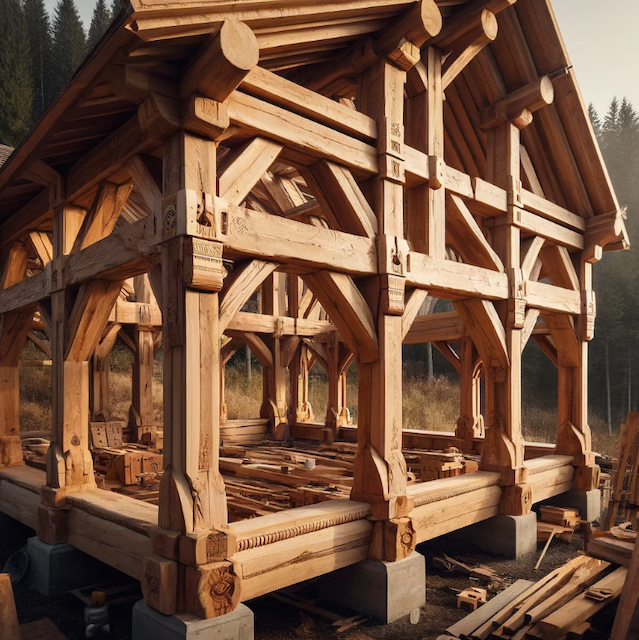

Global Energy Sales | Plans | Consulting TEL: 1-608-238-6001 Email: greg@globalmicroturbine.com
5000 BF Kiln for Lumber and Firewood Plans, parts, or full build using natural gas, propane, or wood heat via heat pipe or hot water... More Info
15000 BF Kiln for Lumber and Firewood Plans, parts, or full build using natural gas, propane, or wood heat via heat pipe or hot water... More Info

|
|
The Advantages and Applications of Mass Timber in Construction Mass timber, a term for engineered wood products used in building construction, is increasingly recognized for its numerous advantages and diverse applications. From sustainability benefits to structural performance, mass timber is revolutionizing the construction industry. Sustainability and Environmental BenefitsOne of the most compelling advantages of mass timber is its environmental impact. As a renewable resource, timber sequesters carbon dioxide during its growth, which helps mitigate climate change. The production of mass timber generates fewer greenhouse gas emissions compared to traditional building materials like steel and concrete. Additionally, buildings constructed with mass timber can store carbon for decades, further contributing to carbon reduction efforts.Superior Structural PerformanceMass timber products, such as cross-laminated timber (CLT), glue-laminated timber (Glulam), and laminated veneer lumber (LVL), offer impressive strength and durability. These materials can bear significant loads and are suitable for constructing tall buildings, such as the 25-story Ascent in Milwaukee, which showcases the feasibility of mass timber in high-rise construction. Furthermore, the prefabrication potential of mass timber elements allows for high precision and quality control, reducing construction errors and waste.Enhanced Construction EfficiencyBuilding with mass timber can significantly reduce construction time. Prefabricated timber panels can be quickly assembled on-site, minimizing the disruption and noise pollution typically associated with construction projects. This efficiency not only accelerates project timelines but also reduces labor costs and construction site impacts.Applications of Mass TimberThe applications of mass timber span various building types and uses. In residential construction, mass timber provides aesthetic and structural benefits, creating warm, inviting spaces with exposed wood elements. In commercial and institutional buildings, such as schools and offices, mass timber offers design flexibility and sustainability.Overcoming ChallengesDespite its benefits, mass timber construction faces challenges, particularly related to fire safety and water damage. Advances in fire-resistant treatments and design methodologies are addressing these concerns, ensuring that mass timber buildings can meet rigorous safety standards. Additionally, proper handling and storage of timber elements are crucial to prevent water damage during construction and throughout the building's lifecycle.ConclusionMass timber is poised to become a cornerstone of sustainable construction, offering a blend of environmental, structural, and economic benefits. As technology and methods continue to advance, the adoption of mass timber in various construction projects is likely to grow, paving the way for more sustainable and efficient building practices. |
| CONTACT TEL: 608-238-6001 Email: greg@globalmicroturbine.com | AMP | PDF |